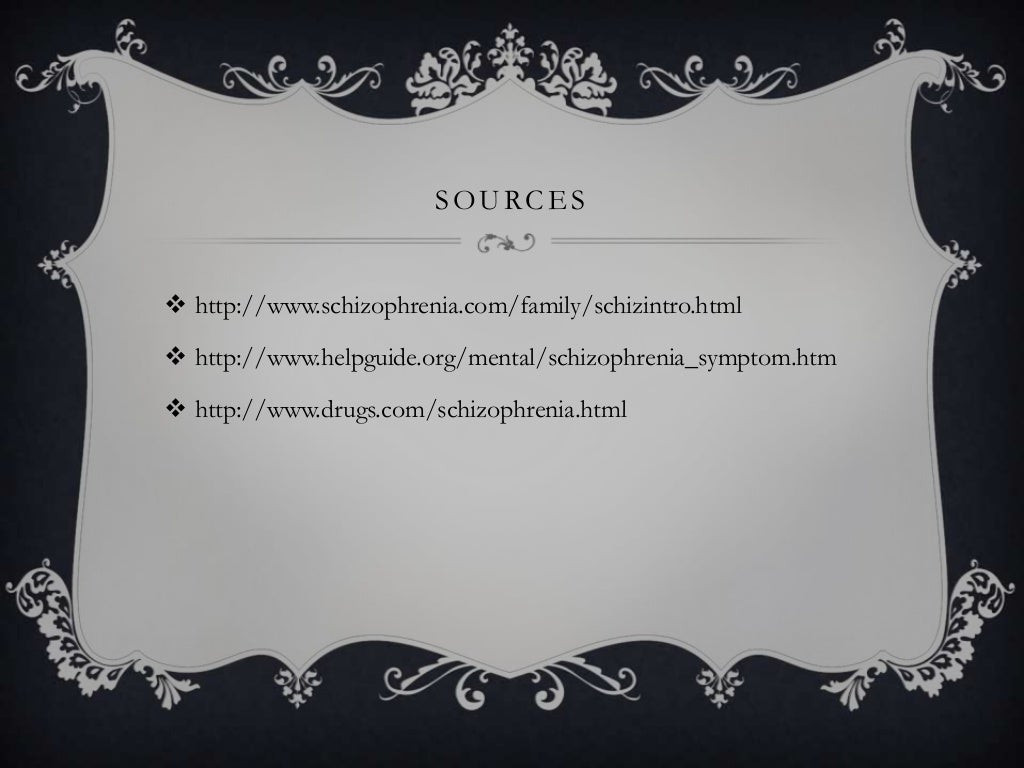


If the individual experiences catatonia, they may receive a diagnosis of schizophrenia with catatonia. The severity of a person’s schizophrenia will depend on the frequency and severity of each of these symptoms. The symptoms must significantly affect a person’s occupation, social life, or personal relationships and must persist for at least 6 months, being present for at least 1 month in total. negative symptoms, such as reduced emotional expressionĪt least one of the symptoms must be either delusions, hallucinations, or disorganized speech.very disorganized or catatonic behavior.Under the DSM-5-TR classification, a person must display at least two of the following symptoms for a significant length of time over 1 month to receive a diagnosis of schizophrenia:

The DSM-5-TR helps mental health professionals diagnose schizophrenia by describing the key symptoms of the condition. However, this version does not significantly change the classification of schizophrenia. In 2022, the American Psychiatric Association published an updated version of the DSM-5 manual, DSM-5-TR. Overlapping subtype symptoms and low diagnostic precision were among the reasons for updating the DSM classification of schizophrenia. The features of these types - including paranoia, disorganized speech and behavior, and catatonia - are still features of a schizophrenia diagnosis, but experts no longer consider them distinct subtypes. The updated version, DSM-5, no longer uses these categories. The previous version, the DSM-4, described the following five types of schizophrenia:
Paranoid schizophrenia examples manual#
This is called the Diagnostic and Statistical Manual of Mental Disorders ( DSM).
Paranoid schizophrenia examples update#
The classification of schizophrenia types changed with the 2013 update of the manual that mental health professionals use to diagnose mental health conditions. Share on Pinterest Credit Image: FollowTheFlow/Getty Images


 0 kommentar(er)
0 kommentar(er)
